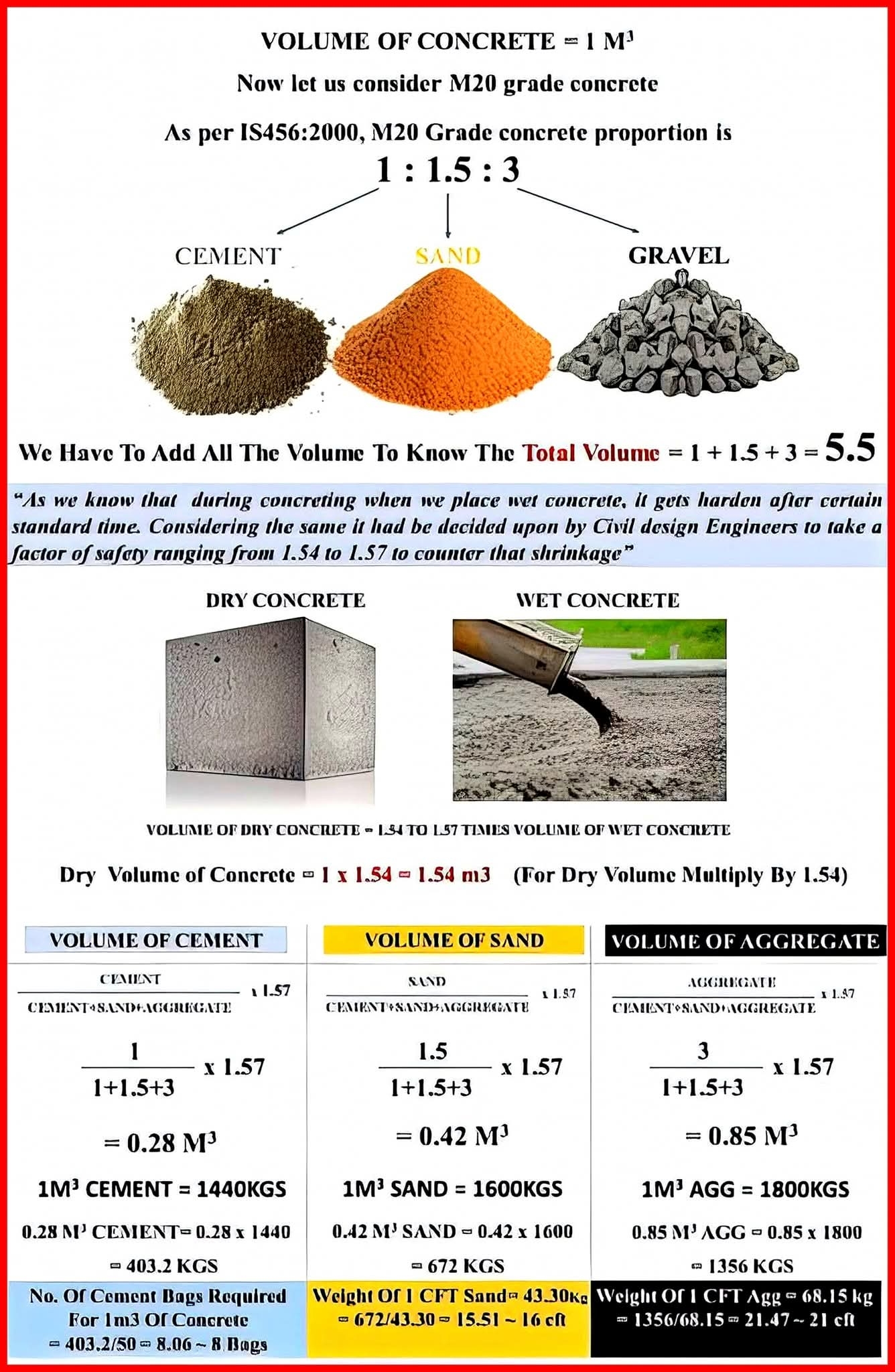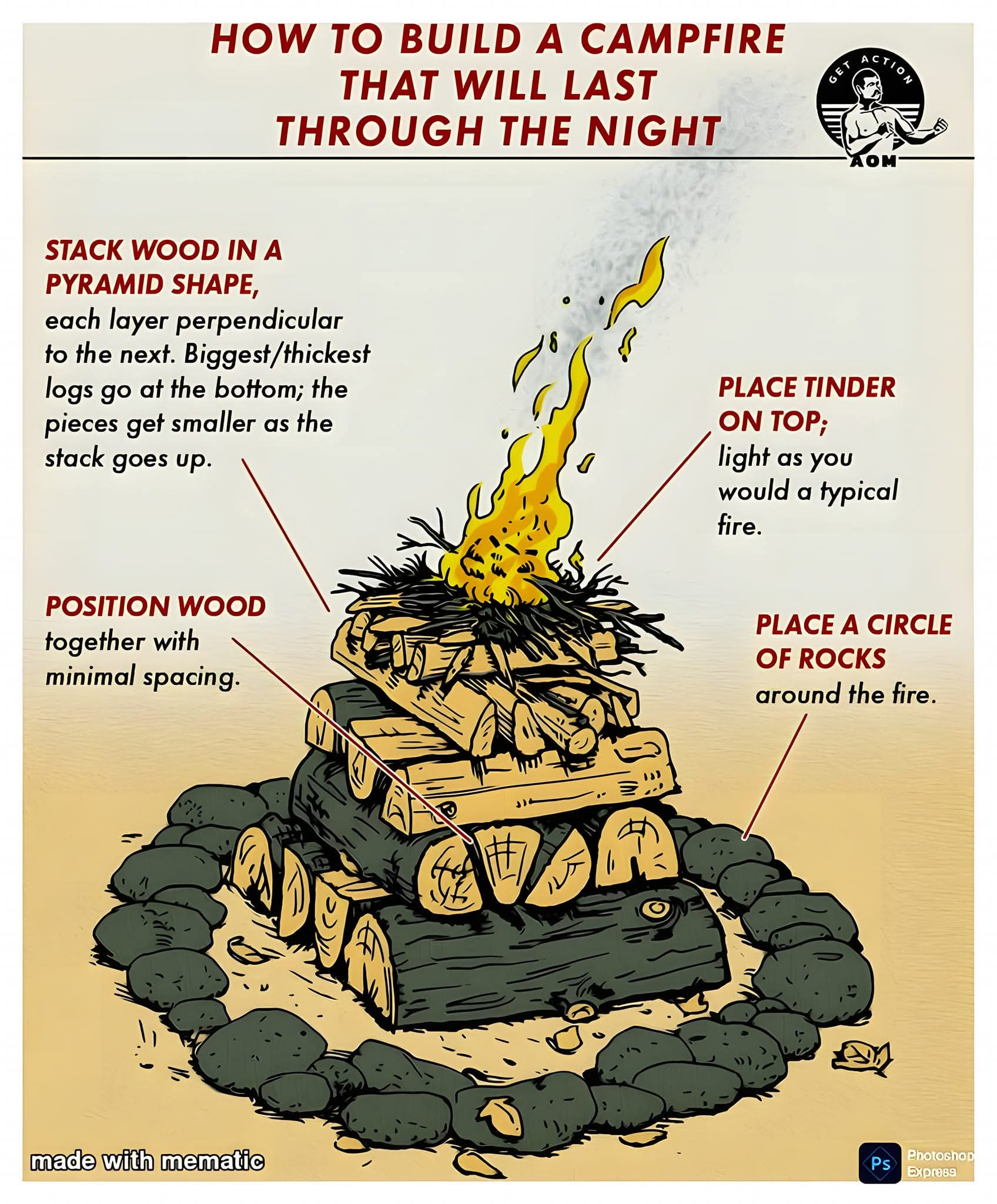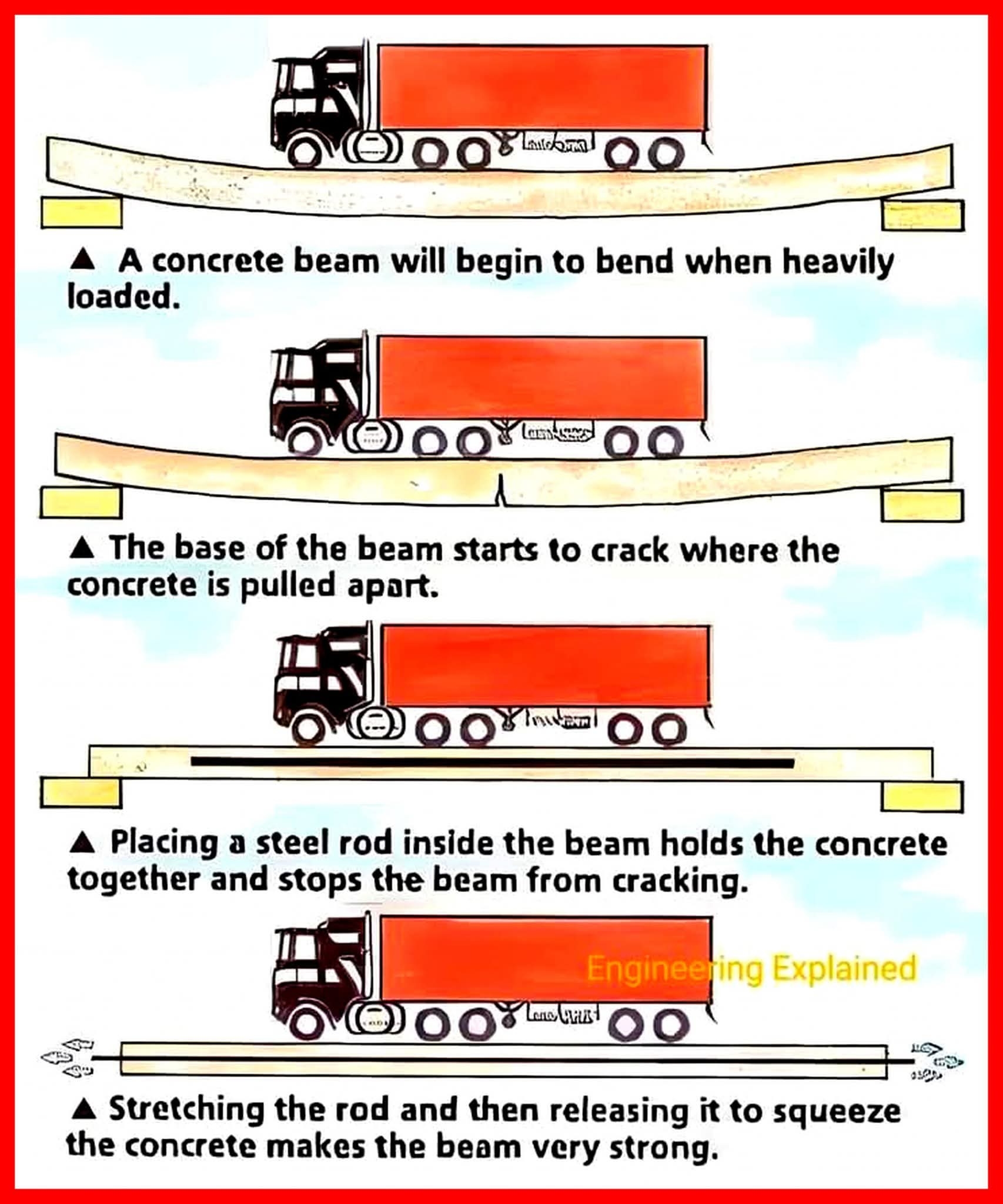In 1966, Marie Van Brittan Brown, a Black nurse from Queens, New York, made history when she invented the world’s first home security system with TV surveillance. Living in a neighborhood where police response was slow, she wanted a way to feel safer at home. Her design included a camera that could move between peepholes in the front door, a monitor inside the house, and even a microphone to speak with visitors. She also built in an emergency button to alert authorities. Brown received a patent for her invention in 1969, and her groundbreaking work became the foundation for modern home security systems used across the world today. A true pioneer, she not only protected her own family but also changed the way we all think about safety in our homes.
In 1966, Marie Van Brittan Brown, a Black nurse from Queens, New York, made history when she invented the world’s first home security system with TV surveillance. Living in a neighborhood where police response was slow, she wanted a way to feel safer at home. Her design included a camera that could move between peepholes in the front door, a monitor inside the house, and even a microphone to speak with visitors. She also built in an emergency button to alert authorities. Brown received a patent for her invention in 1969, and her groundbreaking work became the foundation for modern home security systems used across the world today. A true pioneer, she not only protected her own family but also changed the way we all think about safety in our homes.
0 Comments
0 Shares
197 Views





